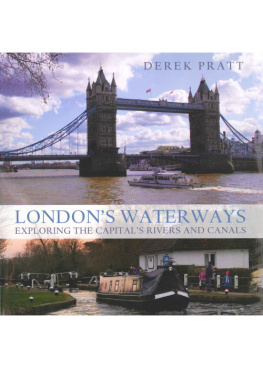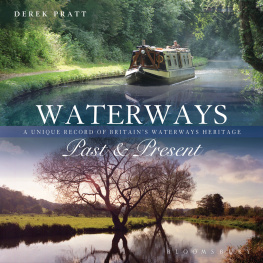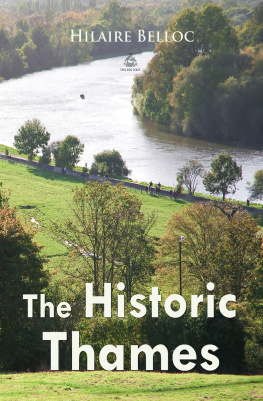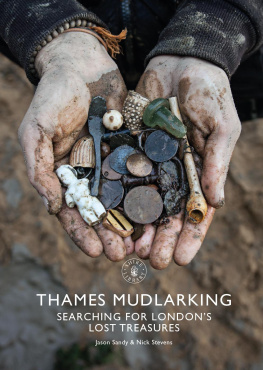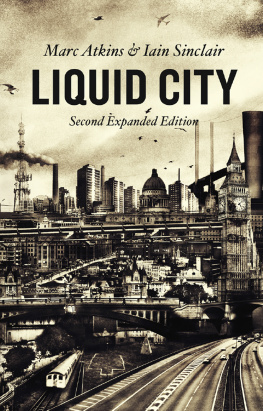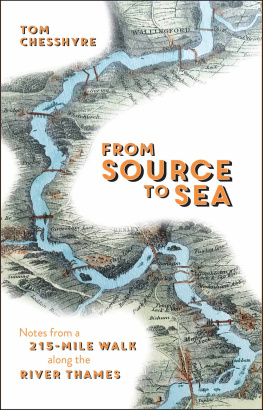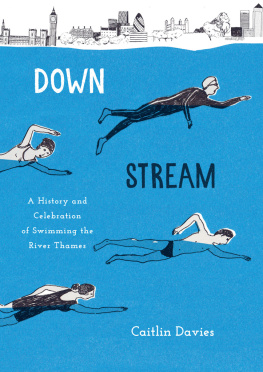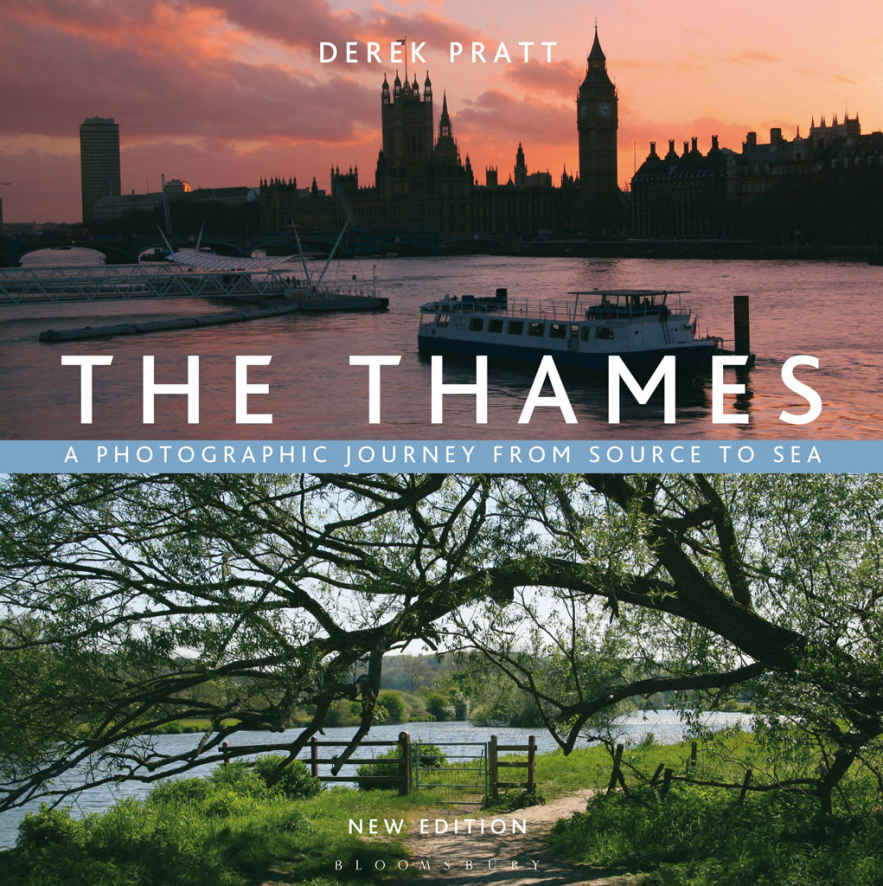
Contents









The magnificient view of central London, from the top of the London Eye.
The Peoples River
The Thames is an extraordinary river. In comparison with the Amazon or the Nile, it is tiny, just over 200 miles from its source in rural Gloucestershire to the sea off Southend, but what it lacks in size it more than makes up for with its illustrious history. In Roman times the invaders progressed up the river from the estuary and settled in a marshy area which they called Londinium, and there London developed, as did most of the worlds great cities on the banks of a great river. As a trading city, by the 19th century it had grown to become the worlds biggest commercial port and financial centre and as more and more people flocked to London in search of a living, it expanded in every direction.
The only way of crossing the Thames in London was over London Bridge which was first built in 1209. Otherwise people were ferried across the river; in Tudor times, an estimated 40,000 watermen worked the river between Windsor and Gravesend, mostly as ferrymen. In 1750 Westminster Bridge was built, and on 18th June 1817 Waterloo Bridge was opened on the anniversary of the battle against Napoleon. This was closely followed by the building of other bridges across the Thames, which finally put the ferrymen out of work. Today, 30 bridges span the Thames between Dartford and Richmond.
The development of London Docks in the 18th century brought trade and employment to a huge part of east London. The docks remained prosperous until the 1960s, when containerisation and labour disputes forced trade downriver to Tilbury or across the Channel to Rotterdam. Since the 1980s, regeneration of the Docklands has been symbolised by the Canary Wharf development, whose towering buildings are visible for miles.
Today, the Thames is a great boating river hosting a wide variety of craft from punts used by students at Oxford to the elegant sailing barges on the lower river. Commercial barges are still working in London and the estuary, but todays commerce is mostly based on pleasure boating. Passenger trip boats pass up and down the river at London, Windsor, Oxford and many other places, and several boatyards offer hire boats for holidays. The Environment Agency registered 25,000 boats on the river in 2006 and there is an increasing number of visiting canal boats from adjacent waterways. The Thames is also a famous rowing river, with clubs scattered along its length. The annual Oxford and Cambridge Boat Race attracts thousands of spectators in the springtime, and the Head of the River race (which is run in the opposite direction to the Varsity race,) has the biggest turnout of rowing eights in the world. The summer season sees many local regattas on the river the most famous being the Henley Regatta in July. Also in July, the ancient ceremony of Swan Upping takes place, where men dressed in traditional costume in colourful rowing skiffs haul cygnets out of the water to mark and ring them.
In spring, London hosts its Marathon which begins near the river at Greenwich, crosses Tower Bridge and passes through the Docklands before finishing at Westminster, where the embankment is always thronged with thousands of people cheering on their favourites.
The Millennium brought to the banks of the Thames the attractions of the Dome and the London Eye which, from the top of the wheel provides a superlative view of central London. The Millennium also gave its name to a footbridge linking St Pauls Cathedral to the Tate Modern art gallery in the old Bankside Power Station.
The Thames has always been a river enjoyed by people from all walks of life. Kings and queens from earliest times used the river for transport and built castles and palaces such as Windsor, Greenwich and Hampton Court along its banks. And Londons river has been an inspiration for artists as different as Turner, Monet, Whistler and Canaletto, as well as writers such as Dickens, Jerome K Jerome and Kenneth Grahame, the latter two prefering to base their stories on the leafier upper reaches of the river.
But today more than ever the river has been claimed by the people. For many, leisure is spent boating, walking and picnicking on its banks; it provides excitement with races and regattas, and yet for those who venture to its more remote reaches the river gives entry into a natural world and a wonderful sense of tranquillity.
This extraordinary river has been claimed and appreciated in all its moods and variety, and has truly earned its name: the peoples river. Long may it remain so.
Oxford and the upper Thames

River Thames at Inglesham.
The Source
The source of the river Thames has been the subject of dispute for many years. It is now generally believed that Thames Head near Kemble is the true source and this is accepted by the Ordnance Survey who mark it on their Landranger map 163 at ST981995. It isnt easy to find, although a footpath does lead to the site. In summertime the source often dries up and its only reference is a dry depression next to a worn marker stone by a hedge. In the winter months and in wet weather, the source bubbles up and can flood the surrounding field. For those who make the effort, the sources beautiful remote setting makes up for any disappointment in discovering that there is not a lot to see of the birthplace of the mighty river itself. The Thames Head pub on the Roman Fosse Way (A433) gives a clue to the proximity of the source.

The source of the river at Thames Head near Kemble. The river can only be seen here when it has been raining, as on this occasion, when the water bubbles up from underground.
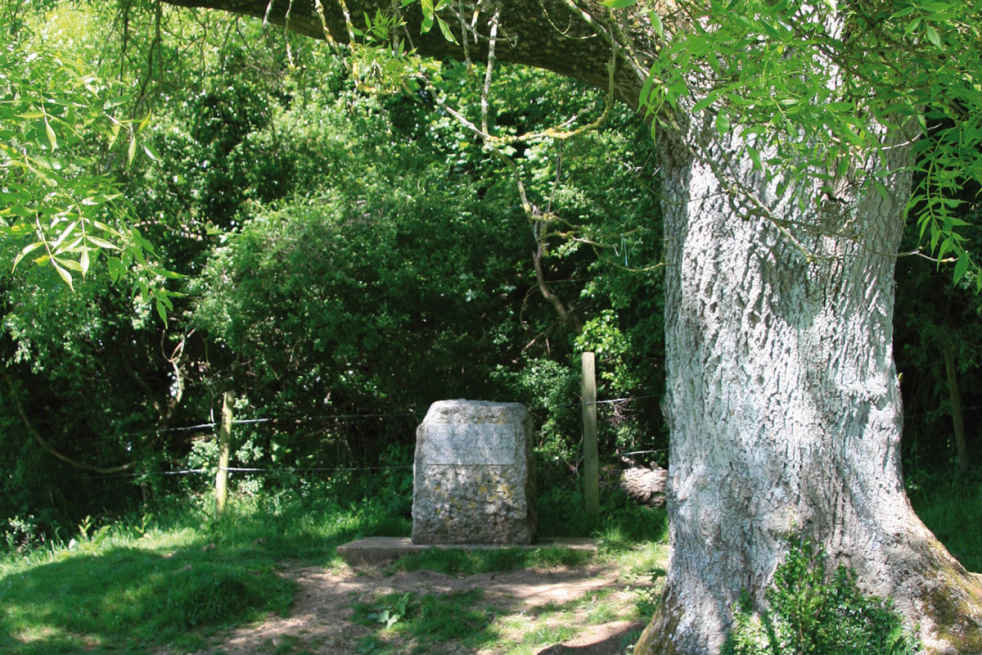
Underneath a tree at Thames Head is a stone with a weathered inscription: The Conservators of the River Thames, 18571974. This stone was placed here to mark the source of the River Thames.


